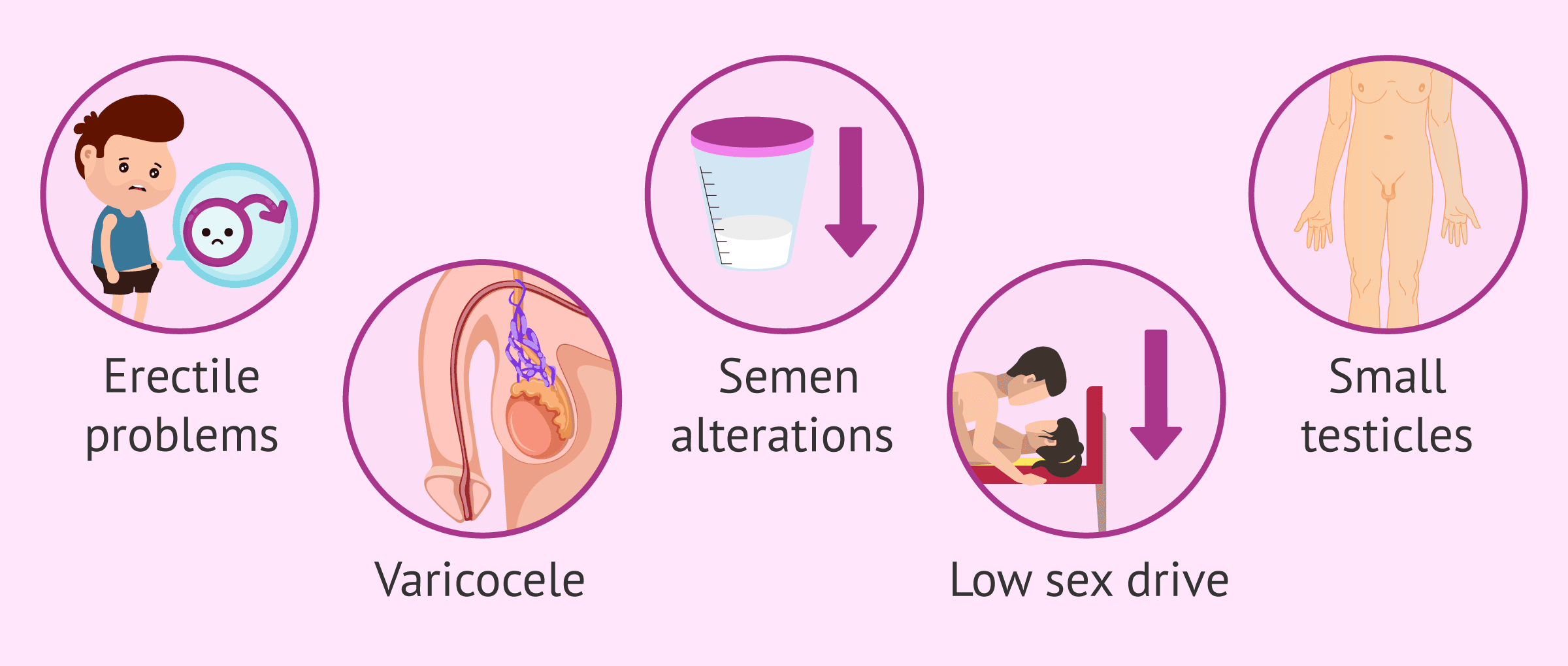Deciphering the Signs of Fertility in a Man: A Comprehensive Guide for Parents-to-Be
Welcome, parents and hopeful parents-to-be! If you’re on the journey of starting or growing your family, understanding the signs of male fertility is as important as it is empowering. Whether you’re just starting to plan or you’ve been trying to conceive, this guide will help you navigate through the indicators of fertile health in men. So, buckle up and let’s start with unraveling the mysteries of male fertility together – happy to have you here!
1. Understanding Sperm Health: Quantity, Quality, and Mobility
The journey of conception begins with healthy sperm. A man’s fertility significantly hinges on the sperm count, their mobility (also known as motility), and morphology (the proper shape and structure). A comprehensive semen analysis can shine light on these factors, but there are also some day-to-day signs such as:
- Volume of ejaculate: The typical volume ranges from 1.5 to 5 milliliters per ejaculation. Less might suggest potential issues.
- Consistency and color of semen: Typically, semen should be white or gray and gel-like, which liquefies after 15-30 minutes. Inconsistencies could signal an underlying problem.
2. Hormonal Indicators and Libido
Hormonal balance plays a pivotal role in male fertility. Testosterone, the primary male hormone, governs libido and is directly related to fertility. An adequate level of this hormone is a good fertility sign. However, too high or too low levels can cause fertility problems. Common signs of hormonal balance in relation to fertility include:
- Stable sex drive: Sudden changes can be a red flag and might require a hormonal evaluation.
- Physical characteristics: For example, the presence of facial and body hair can be an indicator of proper hormonal levels.
3. Physical Health and Lifestyle
Overall physical health and lifestyle choices heavily impact fertility in men. Regular exercise, a balanced diet, and maintaining a healthy weight contribute positively to reproductive health. Signs that a man’s lifestyle may be conducive to good fertility include:
- Active lifestyle: Regular physical activity can boost testosterone levels, enhancing fertility.
- Healthy diet: Consuming a diet rich in vitamins, minerals, and antioxidants helps improve sperm health.
- Avoidance of vices: Steering clear of smoking, excessive alcohol consumption, and recreational drug use protects sperm quality.
4. Sexual Function and Performance
Sexual function is intrinsically linked to fertility in men. Erectile dysfunction or difficulties with ejaculation can pose obstacles in the path to conception. Key signs of healthy sexual performance may include:
- Normal erectile function: Achieving and maintaining erections easily is a positive sign of fertility.
- Absence of pain during ejaculation: Pain can suggest infections or blockages that could affect sperm transport.
The signs of fertility in men often boil down to the optimal functioning of the reproductive system, hormonal balance, and the overall physical condition. Awareness of these signs is the first step towards proactive fertility planning. Stay tuned for more detailed insights into each aspect, as we’ll dive deeper into the complexities of male reproductive health in the next sections of this guide. Understanding these signs and taking appropriate action can make all the difference in your family-building journey. So, stick around as we explore more empowering information that could help pave the way to parenthood!

5 Crucial Points for Parents Preparing for Signs of Fertility in a Man
Point 1: Recognize the Role of Regular Health Checks
Regular health check-ups are a cornerstone of assessing and maintaining fertility. Parents should know that a man does not need to exhibit symptoms for a fertility issue to be present. Encourage annual physicals and semen analyses to keep an eye on sperm health and other fertility markers. This proactive approach can identify issues early on, leading to quicker resolutions.
Point 2: Understand the Environmental and Occupational Hazards
Certain environmental factors and job-related exposures can play a role in a man’s fertility health. Parents should be informed about potential risks such as exposure to heavy metals, radiation, and chemicals, which can negatively impact sperm quality. Depending on his occupation, consider feasible measures to minimize harmful exposure and discuss these with a healthcare professional.
Point 3: Stress and its Impact on Fertility
Stress is a part of life, but chronic stress can impact fertility by affecting hormone levels and sperm production. Developing stress management techniques such as mindfulness, exercise, and adequate rest can be beneficial. It’s vital for parents to foster a supportive environment that minimizes stress for the man, ensuring his body is in the best state for reproduction.
Point 4: The Significance of Balanced Nutrition
A balanced diet rich in key nutrients can improve sperm count and motility. Parents should focus on foods high in antioxidants, omega-3 fatty acids, and vitamins that boost reproductive health. Men should incorporate foods like leafy greens, nuts, and fish into their diet, with an emphasis on reducing processed foods and excessive sugar intake.
Point 5: The Intersection of Age and Fertility
Age is a factor for both male and female fertility, and it’s essential parents understand its effects. Male fertility naturally begins to decline around the age of 40. However, everyone is unique, and many men can father children well beyond this age. Being aware enables you to make informed decisions about the timing of family planning.
Understanding the signs of fertility in a man is an enlightening journey filled with knowledge that empowers both partners. As you both await the happy news, remember to stay informed, healthy, and positive. Parenthood is a beautiful chapter, and knowing these fertility signs ensures you’re ready to start it at the best possible time.
See more great Things to Do with Kids in New Zealand here. For more information see here
Disclaimer
The articles available via our website provide general information only and we strongly urge readers to exercise caution and conduct their own thorough research and fact-checking. The information presented should not be taken as absolute truth, and, to the maximum extent permitted by law, we will not be held liable for any inaccuracies or errors in the content. It is essential for individuals to independently verify and validate the information before making any decisions or taking any actions based on the articles.




